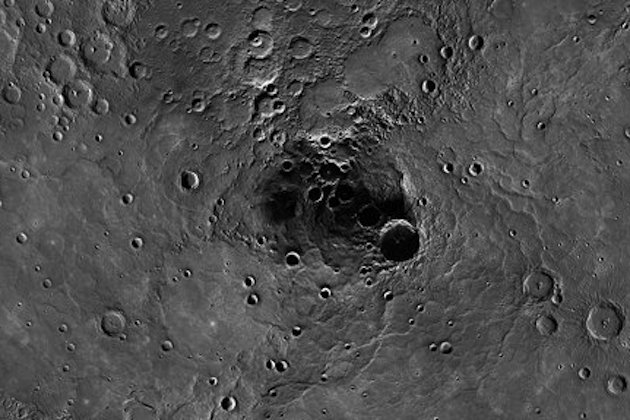SAN JUAN, Puerto Rico (AP) — Benicio Del Toro didn’t wait long to collect on a favor that Oliver Stone owed him for working extra hours on the set of his most recent movie, “Savages”, released this year.
The favor? A trip to Del Toro‘s native Puerto Rico, which Stone hadn’t visited since the early 1960s.
“I told him, you owe me one,” Del Toro said with a smile as he recalled the conversation during a press conference Friday in the U.S. territory, where he and Stone are helping raise money for one of the island’s largest art museums.
Del Toro, wearing jeans, a black jacket and a black T-shirt emblazoned with the name of local reggaeton singer Tego Calderon, waved to the press as he was introduced.
“Hello, greetings. Is this a press conference?” he quipped as he and Stone awaited questions.
Both men praised each other’s work, saying they would like to work with each other again.
“I deeply admire him as an actor, the way he thinks, the way he expresses himself,” Stone said. “Of all the actors I’ve worked with, he’s the most interesting.”
Stone said Del Toro always delivers surprises while acting, even when it’s as something as subtle as certain gestures between dialogue.
“I think Benicio is the master of keeping you watching,” he said.
Stone said he enjoys meeting up with Del Toro off-set because he’s one of the few actors in Hollywood who can talk about something other than movies.
“He is very interested in the world around him,” Stone said, adding that the conversations sometimes center around politics and other topics.
Del Toro declined to answer when asked what he thought about Puerto Rico’s referendum earlier this month, which aimed to determine the future of the island’s political status. He said the results did not seem to point to a clear-cut outcome.
Del Toro then said he would like the island’s movie business to grow, especially in a way that would encourage learning.
“I’m talking about movies in an educational sense, as a way to discover other parts of the world,” he said. “Create a film class. You’ll see, kids won’t skip it.”
Del Toro also shared his thoughts on being a father after having a daughter with Kimberly Stewart in August 2011.
He said the girl is learning how to swim and is discovering the world around her.
“She has her own personality,” Del Toro said. “She’s not her mother. She’s not me.”
Both Del Toro and Stone are expected to remain in Puerto Rico through the weekend to raise money for the Art Museum of Puerto Rico, which is hosting its annual movie festival and will honor Stone’s movies.
Museum curator Juan Carlos Lopez Quintero said the money raised will be used to enhance the museum’s permanent collection, especially with Puerto Rican paintings from the 19th century and early 20th century.
Latin America News Headlines – Yahoo! News











